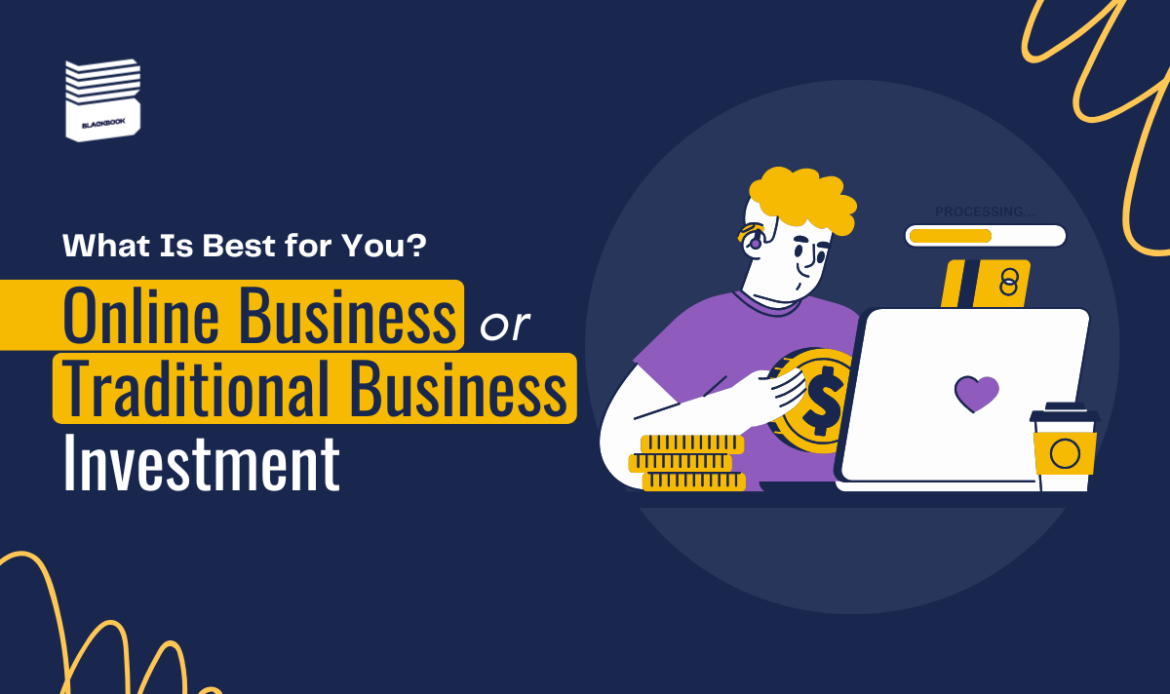Today’s investors face a choice. They can stick with traditional business investments. Or they can venture into online businesses. Each path offers unique benefits and challenges.
The Traditional Investment Approach
Traditional investments remain popular for good reasons. They involve physical businesses. Think retail stores, factories, or local service providers.
These investments offer clear advantages:
Security comes from physical presence. Public markets provide oversight. Regular audits ensure transparency. Investors get detailed financial reports. The rules are clear and well-established.
Liquidity stands out as a major benefit. Investors can buy and sell quickly. Public exchanges make transactions simple. Almost anyone can invest. No special qualifications are needed.
But traditional investments have limits. Growth often moves slowly. Physical expansion costs money. Location restricts reach. Starting costs run high. These factors can block new investors.
The Digital Investment Alternative
Online businesses represent modern opportunities. They tap into massive market potential. Over 5.4 billion people use the internet. E-commerce grows 10% yearly. Traditional retail manages only 2%.
Digital businesses offer distinct benefits:
Easy Entry
The starting cost of online businesses often stays low. Because no building or inventory is required.
Some platforms let you start with $60,000. That’s far less than most physical businesses.
Quick Growth
Digital companies scale fast, and they need minimal extra costs to grow. Often, one website serves millions. In such cases, automation handles increased demand. Profit margins often exceed traditional business returns.
Global Reach
Location doesn’t matter. Online businesses serve worldwide markets. They avoid local economic problems. The customer base stays diverse. Hence, growth potential increases.
Smart Operations
Digital businesses run lean. They use virtual staff and use automation to handle routine tasks. Overhead usually stays low. So, profits can start early.
Understanding the Risks
Each type brings different risks.
Traditional business risks:
- Market ups and downs affect value
- Buildings and equipment age
- Local economy matters
- Running costs stay high
Online business risks:
- Tech changes quickly
- Hackers threaten security
- Digital platforms control access
- Competition grows fast
Smart Portfolio Mix
Modern investors often choose both types. This strategy works well.
The benefits add up:
- Better protection against market swings
- Mix of stable and growth investments
- Reduced overall risk
- More opportunities for profit
Future Outlook
Digital business keeps growing. SaaS alone should hit $900 billion by 2023. That’s 18.7% yearly growth. Traditional investments still matter. But digital cannot be ignored.
Making Your Choice
Consider these points:
- How soon do you need returns?
- How much risk feels comfortable?
- Do you want hands-on management?
- What’s your starting budget?
- Which business type do you understand better?
Bottom Line
You don’t have to choose just one type. Smart investors often use both. Traditional investments provide stability. Online businesses offer growth. Together, they create balance.
The digital economy keeps evolving. Tomorrow’s successful investors will embrace both old and new. They’ll combine traditional strength with digital innovation.
Success comes from understanding both worlds. It means knowing when to use each type. And it means staying flexible as markets change.

